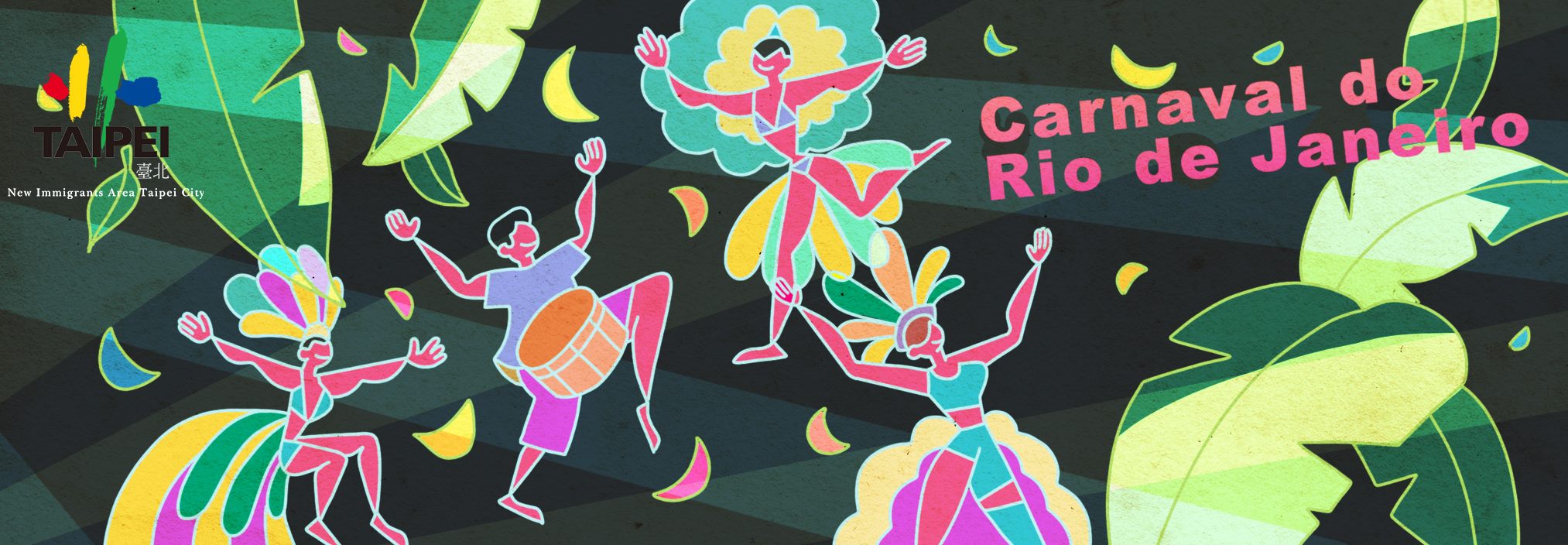Carnaval do Rio de Janeiro, also known as the Rio Carnival, is a festival held annually in Rio de Janeiro, Brazil before the start of Lent. The Rio Carnival is the largest carnival in the world, with an estimated 2 million people taking to the streets each day. The first carnival in Rio de Janeiro was held in 1723. During the Rio Carnival, there are many parades featuring samba dancers and floats from various samba schools in Rio de Janeiro. The carnival originated from the European celebration of Mardi Gras, which is the last day of feasting and indulgence for Catholics before the period of fasting. The carnival encouraged people to freely parade, dance, and drink. Later on, it became a time for black slaves to express their grievances, and to vent their anger under the guise of carnival. After the abolition of slavery in 1888, the carnival became a joyous celebration of freedom. Carnival also holds a special meaning of equality for Brazilians. On the day of carnival celebration during the medieval period, nobles and commoners would dress up as a different social class. Everyone has the right to dress up as a prince or princess, leaving behind all social roles and class constraints and celebrating without reservation. To this day, carnival still maintains its special meaning. As times have changed, this biggest show on Earth not only features dedicated street bands, street closure events, and nightclub-themed evenings, but also the parade put together by 12 local samba schools in Rio de Janeiro, which is the main attraction that grabs the attention of the world. Each of the schools is graded based on their performance in the parade; the winner of the parade is featured again at the end of the carnival to bring the perfect ending to the entire event.
-
- 2023 Taiwan Lantern Festival in Taipei - New Immigrant Lantern Area
- Discover Taipei-Taiwanese Temple Festival
- Hong Kong and Macau Area
- Taipei City New Immigrant Gourmet Map
- New Immigrant Art Groups
- Life
- Jobs
- Social Welfare
- Learning
- Leisure
- Health Care
- Multi-Culture
- Household Act And Identity
- Nationality
- Achievements Area
- New Immigrant Participatory Budgeting Achievements
- Participatory Budgeting
- Muslim Friendly
- Education Zone for Second-generation New Immigrants
-
- 2023 Taiwan Lantern Festival in Taipei - New Immigrant Lantern Area
- Discover Taipei-Taiwanese Temple Festival
- Hong Kong and Macau Area
- Taipei City New Immigrant Gourmet Map
- New Immigrant Art Groups
- Life
- Jobs
- Social Welfare
- Learning
- Leisure
- Health Care
- Multi-Culture
- Household Act And Identity
- Nationality
- Achievements Area
- New Immigrant Participatory Budgeting Achievements
- Participatory Budgeting
- Muslim Friendly
- Education Zone for Second-generation New Immigrants

![Taiwan.gov.tw [ open a new window]](/images/egov.png)
